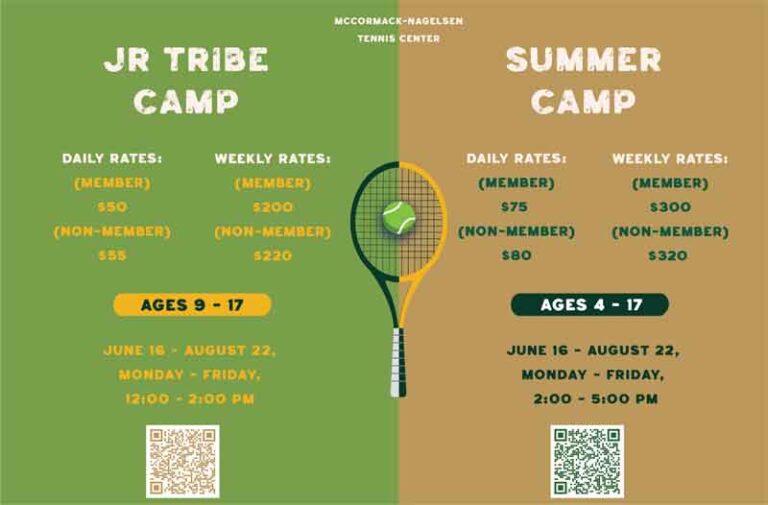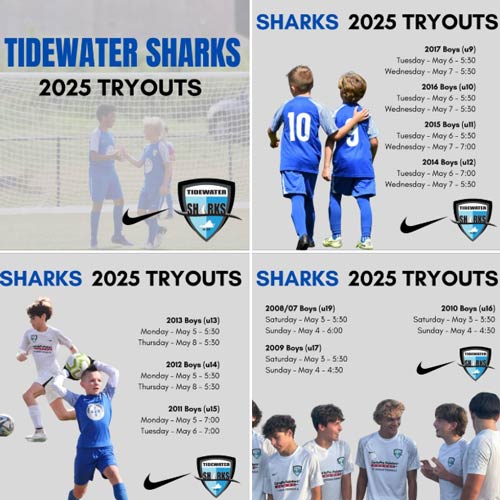Why are Teen Girls Cutting?
by Helene Timpone, LCSW
If you have a tween or teen at home, more than likely you’ve heard the latest news about the Disney Star, Demi Lovato. People magazine reported that the young 14 year old star has been battling with cutting (a form of self-mutilation) for some time. They also reported that she recently attacked one of the dancers on her show. It seems surprising coming from young girl that appears to have it all. She is a talented young lady with a magnetic TV personality and she will be financially set for the rest of her life.
Why would she do this or why would anyone? While, I don’t have enough history on this teen star to understand what lead up to her incorporating a behavior at this severity, I can speak to the consistent commonalities that I have experienced in working with Teen girls challenged by the desire to hurt themselves. The “why”, is always explained within Bryan Post’s Stress model as well as the answer for healing. He states, “All behavior arises from a state of stress, in between the stress and the behavior is the presence of a primary emotion, Love or Fear. It is through the expression and processing of the emotion that you calm the stress and diminish the behavior.”
In other words, their stories always begin with past traumatic experiences that have been unaddressed or not addressed in a way that will produce the level of healing needed. Sometimes that traumatic experience is even buried in the unconscious memory. Whatever, her story these significant events will dictate and determine the way in which she views the world around her. She is therefore extremely sensitive to any stressors within her environment and her brain is unable to determine the difference between what is a threat and what is not a threat. This perception creates a reality that appears unsafe, scary and hopeless. Essentially, cutting becomes her voice and compensates for her inability to express and process her fear. This is the brain’s survival response from freeze into flight.
But why is it cutting? There is a payoff. The payoff is the “reason” we continue a potentially negative or harmful behavior despite the risks. The risk of losing her career is a steep consequence, so the payoff has to be greater than the risk. The payoff is rooted in meeting a deeper need; the need to survive. From the outside, when we don’t have an understanding it would seem her behavior was far too risky and not worth the trouble it could cause. It is then very easy to judge this behavior.
She is driven to escape from the emotional pain that most girls describe as, “feeling like I’m gonna die.” Her experience of hurt, pain and fear is overwhelming and all encompassing. Thus, the payoff is instantaneous. The first time she tries cutting or any other self-mutilating behavior, her brain will release a chemical surge of endorphins. Endorphins are our body’s natural opiate providing a feeling of going away or leaving the body. It internal feeling validates and adheres to the brains desire to survive through fleeing.
The more difficult aspect of this behavior is that the stage for an addiction has been set. Bryan Post, called this a new understanding of self-mutilation. He defines an addiction as, “an external attempt to sooth an internal feeling”. When the internal dysregulation (being stressed) feels so great and she is unable to express or process the emotion she uses this as a means to make it better. I categorize it in a group with a few other behaviors, associated with teen girls as the “I’ll fix it myself behaviors”. These survival mechanisms are always an attempt to find their power and their voice in a world they perceive as terrifying and disempowering.
Please allow me to clarify this again because I believe it is truly very powerful. If she feels as if she is going to die and her brains natural defense, “survival” is the only way she can keep herself alive, then yes this payoff will far exceed any consequence that she may
receive. The payoff from the chemical rush can become a conditioned response to stress which in turn becomes an addictive behavior. To survive she moves into flight by going away to a safe place, far and deep inside herself.
If I truly understand this I can respond in a manner that will address what is beneath the behavior and move toward healing. This is often difficult when we know she is about to cut. In that moment, seek to stop or fix the behavior. The issue inherent within our reaction is the escalation of more stress and fear amongst the already existing state of stress and fear. Remember, “all behavior arises from a state of stress”. The first question I receive from parents is, “do you expect me just to let her hurt herself”. The answer of course is, “No.” I teach parents to influence the behavior and minimize the stress.
Think of it this way. You’re on a diet and decide to cheat. You cut yourself a delicious slice of chocolate cake. Then someone walks in the room and pulls that chocolate cake out of your hands and perhaps scolds you, shames you or gives you a lecture. Was that enough to keep you from going to get another slice of cake in that moment or from cheating again another day? No it isn’t. In fact you’re probably spending more emotional energy feeling frustrated with that person for taking the cake from you than you are reflecting about cheating on your diet and eating the cake. You would be feeling victimized.
Here is what makes the difference and creates healing. It is also a good idea to have a professional open to this modality guide you in the process. We cannot control another person’s behavior even if they are our child. The only time we will seek to control someone else is when we are scared. A primary example with cutting is, “She is practicing to commit suicide”. The first thing we need to do…breathe. Breathing gets oxygen into your brain allowing access to clear thinking. If you react and rush to grab the object out of her hand the increased stress will ensure the cut will go longer and deeper. I believe it is also noteworthy to mention that it is impossible to pull everything away from someone looking to cut or to watch them at every moment. She will find something.
We need to seek to influence her behavior. This is only possible when we feel as if we are in a connected and safe relationship. If we over power (pull it out of her hand), shame (what’s wrong with you) or blame (can’t you see that you’re hurting those that love you) or lecture (this isn’t healthy and…..) it will cause her to feel victimized and she will see you as the perpetrator. Teens will often tell me, “No one understands me” or, “No on one cares.” While this is often not true; it is valid because it is how they feel. These dynamics in any relationship will create the feeling of separation.
To maintain the relationship, you can try an alternative. If she is about to cut you can say (this should be reinforced when she is also calm), “I see you are really hurting, I’d like the opportunity to make it better and then if you still feel the need to cut you can”. Depending on the teen you can either sit down and shift into holding her or asking about how she is feeling. For most teens initially you may need to walk away because it will reduce the threat/stress that you are going to take away her cutting utensil. If this is the case be sure you say, “I’ll be sitting on the couch when you are ready”. If she comes to you prior of after cutting validate and encourage her feelings, listen without judgment and stay away from your own agenda. This will make it safe for her to come to you in the future.
Teens will cut because she doesn’t feel as if she has the voice to express and process her feelings. She truly needs to feel as if you can feel her and her pain. If we are feeling scared, angry or frustrated and act as if we are coming from a calm loving place it will feel incongruent and create more stress. Therefore, the absolute only way you can be effective is if you are truly calm inside and speaking/acting from the heart. When you are there, she will feel understood, she will open up emotionally to express and process her pain. This is where the healing lays. If you need assistance please email me: helene@postinstitue.com
Helene Timpone, LCSW is an internationally recognized Therapist, Speaker and Coach. She is mostly known for expertise and success with preteen and teen girls. Please feel free to contact her with thoughts, comments and questions related to services. EMAIL: helene@postinstitute.com.




































